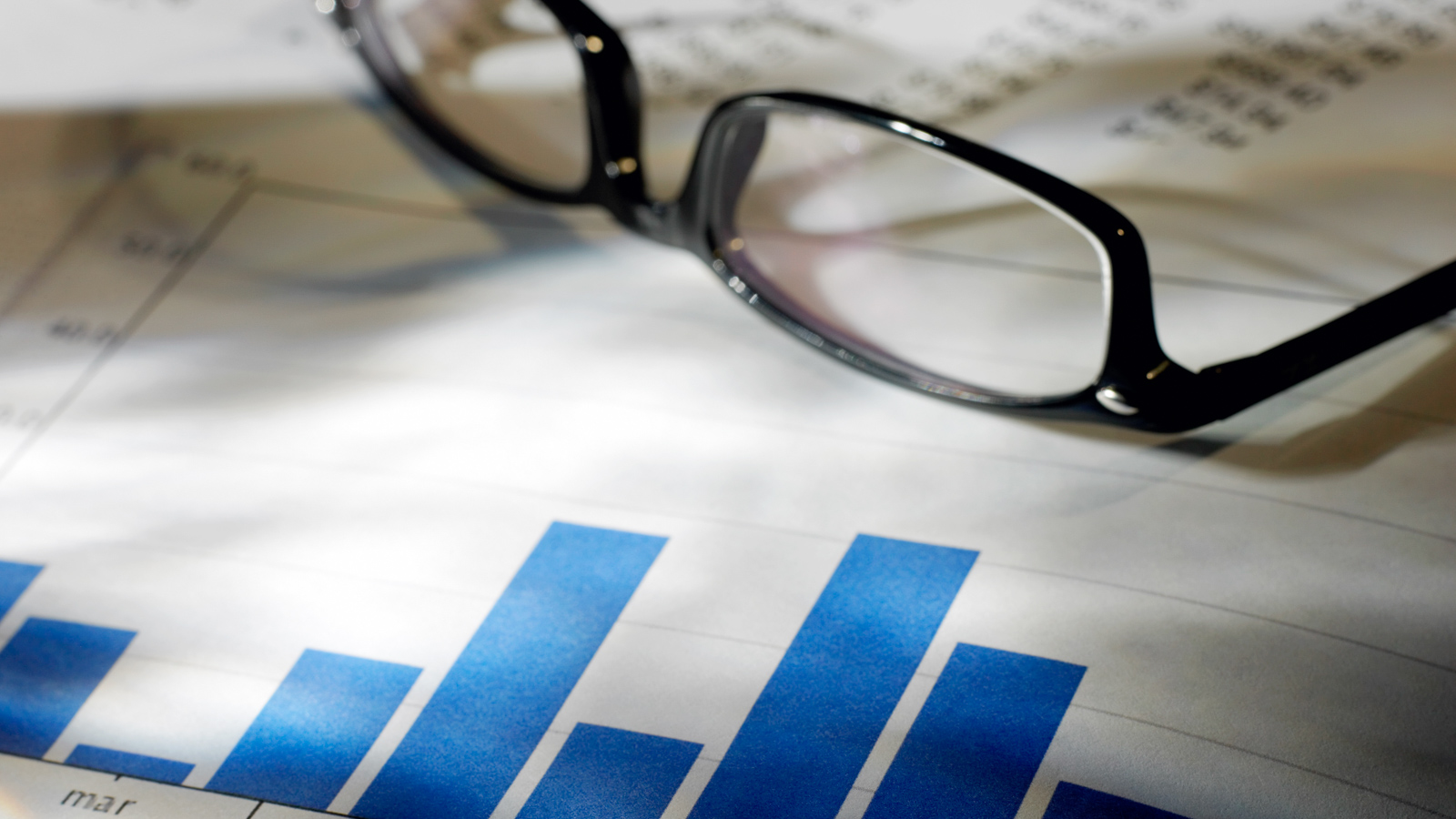Circular Economy
A circular economy reduces material use, redesigns materials to be less resource intensive, and recaptures “waste” as a resource to manufacture new materials and products.
About

Strategies


An official website of the United States government
Here’s how you know
Official websites use .gov
A .gov website belongs to an official government organization in the United States.
Secure .gov websites use HTTPS
A lock () or https:// means you’ve safely connected to the .gov website. Share sensitive information only on official, secure websites.
On November 21, EPA published the "National Strategy to Prevent Plastic Pollution," which focuses on actions to eliminate the release of plastic pollution into the environment.
On November 15, EPA recognizes the importance and impact of recycling, which has contributed to American prosperity and the protection of our environment.
EPA, the U.S. Department of Agriculture, and the U.S. Food and Drug Administration are pleased to announce the "National Strategy for Reducing Food Loss and Waste and Recycling Organics."
A circular economy reduces material use, redesigns materials to be less resource intensive, and recaptures “waste” as a resource to manufacture new materials and products.

